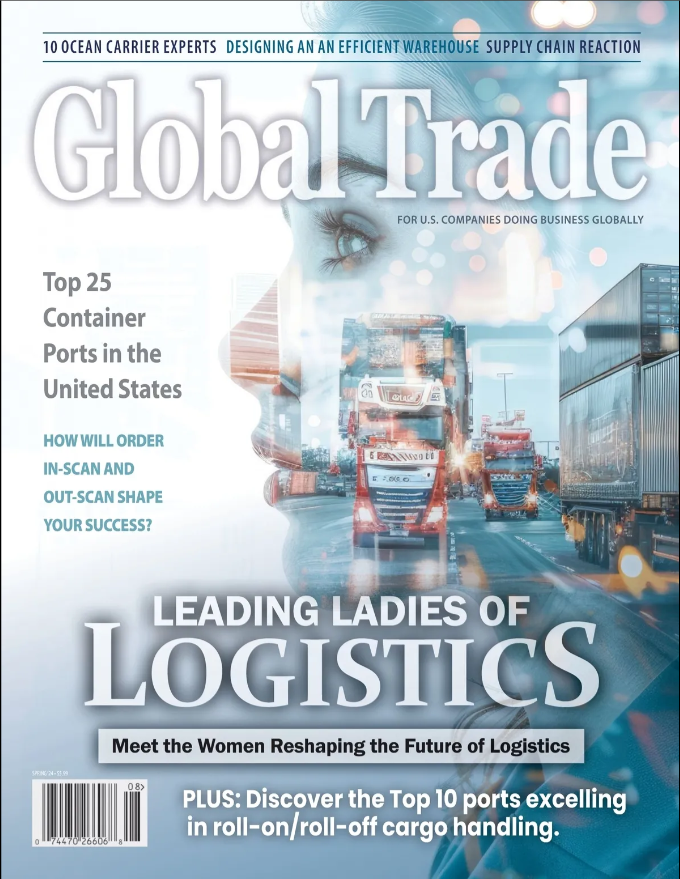US-China Auto Business Growing
US auto and auto part exports to China increased in 2017, although the value of auto imports from China continues to outpace the value of auto exports to China. In 2017, United States auto exports to China (including auto parts) reached $13.2 billion, up 21.2 percent from 2016. Auto imports (including parts) from China also grew, rising 6.3 percent to $15.8 billion. Through the first quarter of 2018, the value of US auto exports to China declined to $2.7 billion, a 10.7 percent drop year-on-year, while imports from China rose 7.1 percent year-on-year to $4 billion.
US auto exports to China consist of completed vehicles, while the United States primarily imports auto parts from China.
Chinese auto imports increased dramatically in the aftermath of the 2008–2009 global financial crisis, when demand for vehicles dropped around the world but remained strong in China.
According to statistics from the China Association of Automobile Manufacturers, Chinese imports of motor vehicles and related products peaked at $100 billion in 2014, up from just $27 billion in 2007. Chinese auto vehicle-related exports also peaked in 2014, reaching $91 billion.
The Chinese government has announced a series of new policies aimed at reducing market barriers, which could lead to increased export opportunities for foreign automakers. Effective July 1, 2018, China will cut import duties on passenger vehicles from 25 percent to 15 percent and standardize tariffs on auto parts to six percent, down from a range of eight percent to 25 percent.
The Chinese government also announced that by 2022 it will end requirements that foreign automakers form joint ventures and share profits with Chinese partners for plants they open in China. The Chinese government has touted these decisions as a sign of economic reform amid increased trade tensions with the United States.
Market barriers in China’s auto industry have ensured vehicles in China are nearly all produced domestically. In 2017, only three percent of automobiles sold in China were built outside of China.
Because foreign cars are still typically produced in China under a joint venture, foreign auto companies continue to maintain a sizeable share of China’s market. In 2017, Chinese brands captured 44 percent of the China’s passenger car market, up from 43 percent in 2016, while German (20 percent), Japanese (17 percent), and US (12 percent) brands made up the majority of the remaining market.
Although China’s auto market has been the largest in the world since 2011, it has expanded more slowly over the past year. Despite the slowdown, China’s auto market remains a lucrative opportunity for domestic and foreign firms alike. In 2017, China sold nearly 29 million vehicles, 70 percent more than auto sales in the United States and 5.5 times greater than sales in Japan. According to the China Association of Automobile Manufacturers, total Chinese auto sales in 2017 increased four percent . By the end of 2017 China had a total of nearly 210 million vehicles, up from 78 million in 2010 and 16 million in 2000. China now accounts for nearly one-third of global auto sales, up from one-tenth in 2007.
The impact of Chinese government’s decision to reduce tariffs on imports of foreign autos and auto parts may be limited. Most foreign automakers already have JVs with Chinese partners that allow them to avoid the tariffs on imports. US automakers with partnerships in China will likely continue to manufacture vehicles in China, rather than producing them in the United States and exporting them. Both General Motors and Ford rely on JVs in China to sell vehicles to the Chinese market. In 2017, GM sold over four million vehicles in China, an increase of 4.4 percent from the previous record high in 2016. Ford sold nearly 1.2 million cars in China in 2017, down six percent .
According to James Chao, the chief Asia auto analyst at IHS Markit, the tariff drop “is a significant
reduction, but it really won’t have much of an effect” on where automakers assemble vehicles. Lower tariffs may actually make it more attractive for foreign firms to operate in China by lowering costs for importing high-tech auto parts that can’t be produced domestically.
The Chinese government’s decision to lower tariffs on foreign autos and auto parts will likely boost German automakers’ sales in China. Even before the tariff reduction, German automakers BMW and Mercedes were predicted to ship almost $7 billion worth of vehicles from the United States to China in 2018. Because many German auto companies have plants in the United States that export to China, the tariff reduction will likely lead to an increase in auto exports from the United States to China. BMW is the largest auto exporter in the United States by value, and largest exporter to the Chinese market by vehicle, shipping more than 100,000 vehicles from US factories to China in 2017. Mercedes is the second-largest exporter to China by vehicle, sending more than 70,000 cars to China in 2017.





Leave a Reply